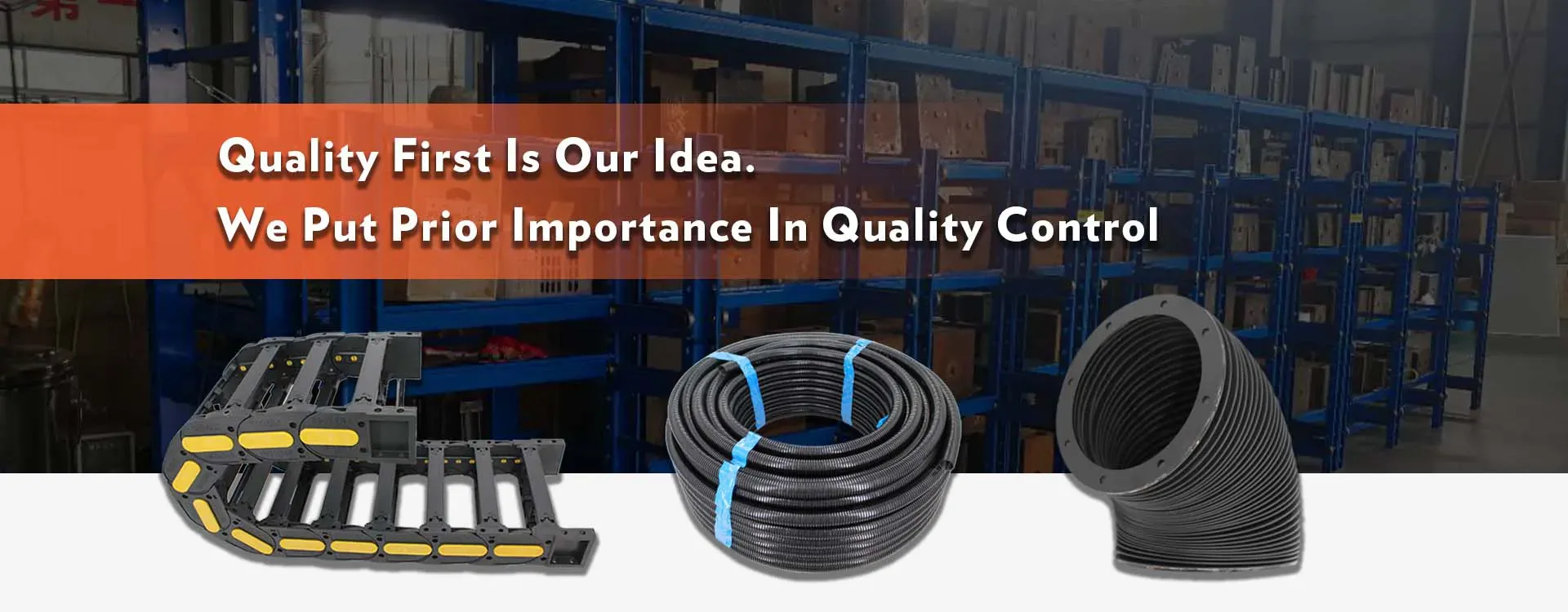cable chain drag
Understanding Cable Chain Drag Key Concepts and Applications
Cable chain drag is a critical concept in various industrial and manufacturing contexts, especially when dealing with the movement and management of cables and hoses. This phenomenon can have significant implications for efficiency, safety, and equipment lifespan. In this article, we will explore the definition of cable chain drag, its causes, effects, and mitigation strategies, as well as its applications in different sectors.
What is Cable Chain Drag?
Cable chain drag refers to the resistance experienced by cables or hoses as they travel through a drag chain system. A drag chain, also known as a cable carrier, is a flexible structure designed to contain and guide cables, hoses, or pipes while allowing for their movement in a controlled manner. This system is widely used in robotics, manufacturing machinery, and automated production lines.
The dragging motion occurs when these cables or hoses are pulled through the chain, often due to their weight, friction, or bend radius limitations. Various factors influence the extent of cable chain drag, including the type of chain used, the length and weight of the cables, and the overall layout of the system.
Causes of Cable Chain Drag
Several factors can contribute to cable chain drag
1. Weight of Cables Heavier cables exert more force on the drag chain, leading to increased friction and resistance.
2. Friction Between Components The materials used in both the drag chain and cables can affect friction levels. A rougher surface can lead to greater drag.
3. Bending Radius When cables must bend sharply within the chain, it can increase the tension and drag, especially if the bend radius is less than recommended.
4. Chain Design Poorly designed drag chains that do not accommodate the type and diameter of cables can exacerbate drag issues.
5. Installation Issues Misalignment during the installation process can lead to additional friction, causing unwanted drag.
Effects of Cable Chain Drag
The implications of cable chain drag can be significant
1. Increased Wear and Tear Excessive drag can lead to increased wear on both cables and drag chains, shortening their operational lifespan.
cable chain drag

2. Energy Loss Higher drag translates to greater energy consumption. Systems must work harder to overcome resistance, leading to efficiency losses.
3. Potential for Equipment Failure In extreme cases, excessive drag can lead to cable breakage or chain failure, resulting in costly downtime and repairs.
4. Operational Constraints High drag can limit the operational speed of machinery, reducing overall productivity.
Mitigating Cable Chain Drag
To mitigate the effects of cable chain drag, consider the following strategies
1. Choose the Right Materials Select drag chains and cables made from materials with lower friction coefficients to reduce resistance.
2. Optimize Chain Design Make sure the design and dimensions of the drag chain match the specifications of the cables being used, particularly concerning bend radius.
3. Regular Maintenance Implement a routine maintenance schedule that includes inspection and lubrication of the drag chains to minimize friction.
4. Proper Installation Ensure that all components are correctly aligned during installation to avoid unnecessary stress and drag.
5. Weight Distribution Where possible, distribute the weight of cables evenly within the drag chain to minimize localized drag points.
Applications of Cable Chain Systems
Cable chain systems are prevalent across many industries. In the manufacturing sector, they are used in assembly lines to manage the movement of power and control cables. In robotics, cable chains enable the smooth operation of robotic arms and mobile platforms, ensuring that cables don't tangle or wear out prematurely.
In the construction and entertainment industries, cable chains help manage power and data cables for heavy machinery and lighting systems, providing both flexibility and safety in operation.
Conclusion
Understanding cable chain drag is essential for optimizing industrial operations that rely on the efficient management of cables and hoses. By recognizing the causes and effects of drag, implementing effective mitigation strategies, and applying these systems in various applications, businesses can enhance productivity, ensure safety, and extend the lifespan of critical equipment. As technology continues to evolve, the importance of addressing cable chain drag will only grow in significance, paving the way for more innovative solutions in cable management systems.








